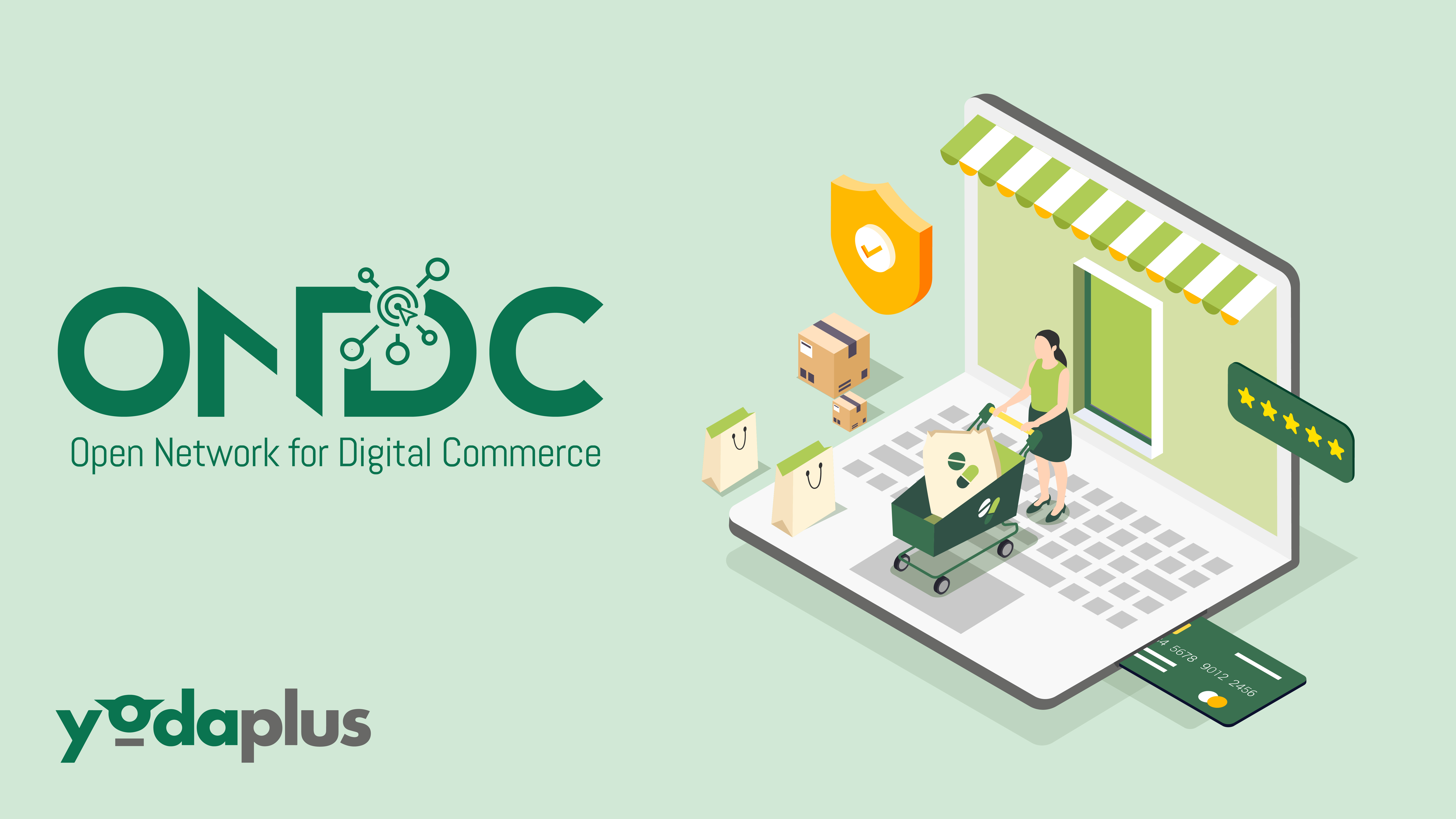In a world increasingly dominated by technology, the competition in the e-commerce sector is fiercer than ever. The government, in an ambitious move to democratize e-commerce, has launched the Open Network for Digital Commerce (ONDC), a groundbreaking initiative that can potentially disrupt the industry.
With ONDC, noticeable changes are emerging in online services, especially food delivery, as customers report significant price differences in comparison to conventional platforms. This blog post aims to dive into the depths of ONDC, exploring its potential advantages, challenges, and its future prospects.
What is ONDC?
Launched in late 2021 under the Department for Promotion of Industry and Internal Trade (DPIIT) by the Ministry of Commerce, ONDC is an integral part of the Digital India initiative. Conceptually, ONDC is a network of interconnected e-marketplaces where sellers, including brands, list and sell their products directly to customers, effectively bypassing intermediaries. The platform hosts a myriad of products and services, from groceries and home decor to cleaning essentials and food delivery.
ONDC aims to democratize and decentralize e-commerce by facilitating access for sellers, particularly small and medium enterprises, as well as local businesses. By doing so, it aims to provide customers with increased choices, thereby reducing dependency on specific platforms. More importantly, its unique structure can make goods and services cheaper, enhancing affordability and accessibility.
The defining feature of ONDC is that it operates as an open network gateway rather than a single platform like Amazon or Flipkart. This allows buyers and sellers from different platforms to connect, fostering a more inclusive and vibrant digital marketplace.
Potential Advantages of ONDC
1] Increased Transparency:
ONDC can enhance transparency by making government data more accessible to the public, thereby fostering trust and accountability.
2] Increased Customer Choice:
By providing an open network, ONDC can dilute market concentration, thus increasing consumer choice and lowering entry barriers for new businesses.
3] Promoting Innovation:
With access to government data, ONDC can stimulate innovation, leading to the creation of new products and services that could benefit society at large.
4] Cost Savings:
By reducing duplication and enabling efficient resource use, ONDC has the potential to generate substantial cost savings.
5] Consumer Protection:
By challenging the dominance of existing e-commerce platforms, ONDC can safeguard consumer interests and promote a more competitive market environment.
6] Level Playing Field:
ONDC can level the playing field for e-commerce operators by offering wide digital market access to Micro, Small and Medium Enterprises (MSMEs) and small traders.
7] Neutral and Regulated Platform:
ONDC fosters an open network developed on open-sourced methodology, using open specifications and network protocols, independent of any specific platform.
Challenges Ahead for ONDC
1] Complexity:
ONDC’s mechanism may be perceived as more complex compared to systems like UPI, which could impede its widespread adoption.
2] User Familiarity:
People have already become accustomed to the user interfaces of existing e-commerce companies, making the transition to a new platform potentially challenging.
3] Increased Disputes:
As the buying and selling process happens online, but the delivery and use of the product happens offline, this may lead to an increase in disputes as ONDC is not an intermediary platform.
4] Lack of Robust Grievance Redressal Mechanism:
The absence of a clear-cut responsibility for customer service and handling complaints may deter potential users from adopting the platform.
5] Competition with Established E-commerce Platforms:
Existing e-commerce companies offer comprehensive services and benefits to their customers, making it difficult for ONDC to attract users away from these platforms.
6] Potential Lack of Reduced Pricing:
ONDC facilitates trade between buyers and sellers but may not be able to offer products at reduced prices or offer benefits similar to existing e-commerce platforms.
The Way Forward
Despite these challenges, the potential of ONDC is immense. However, to leverage this potential, the government needs to build a more comprehensive and user-friendly digital space for e-commerce. This can be coupled with a digital education policy that is mindful of language diversity and user preferences, benefiting both consumers and sellers.
To bring small sellers to the platform, a well-funded adoption campaign will be necessary. Moreover, the demand and supply sides should have access to a secure single window to resolve issues like information asymmetry, opaque pricing, quality concerns, and buyer-seller disputes.
ONDC is in its pilot stage, with an advisory council including notable personalities such as Nandan Nilekani from Infosys and National Health Authority CEO R S Sharma. The council is exploring measures to design and accelerate ONDC’s adoption. If successful, ONDC could become the Unified Payments Interface (UPI) of e-commerce, transforming the industry by breaking down silos, promoting open networks, and revolutionizing the retail sector. As ONDC evolves, it will be fascinating to observe how it shapes the future of e-commerce.
How Yodaplus Can Help?
In this transformative journey with ONDC, companies can benefit from the expertise and support of Yodaplus. As a leading ecommerce development company in India, we offer tailored solutions and consultation to help businesses navigate the ONDC ecosystem. From seamless integration to data analytics and personalized customer experiences, Yodaplus is here to empower companies and maximize their potential within the evolving landscape of e-commerce. To embark on your ONDC journey with us, reach out to our team today.


